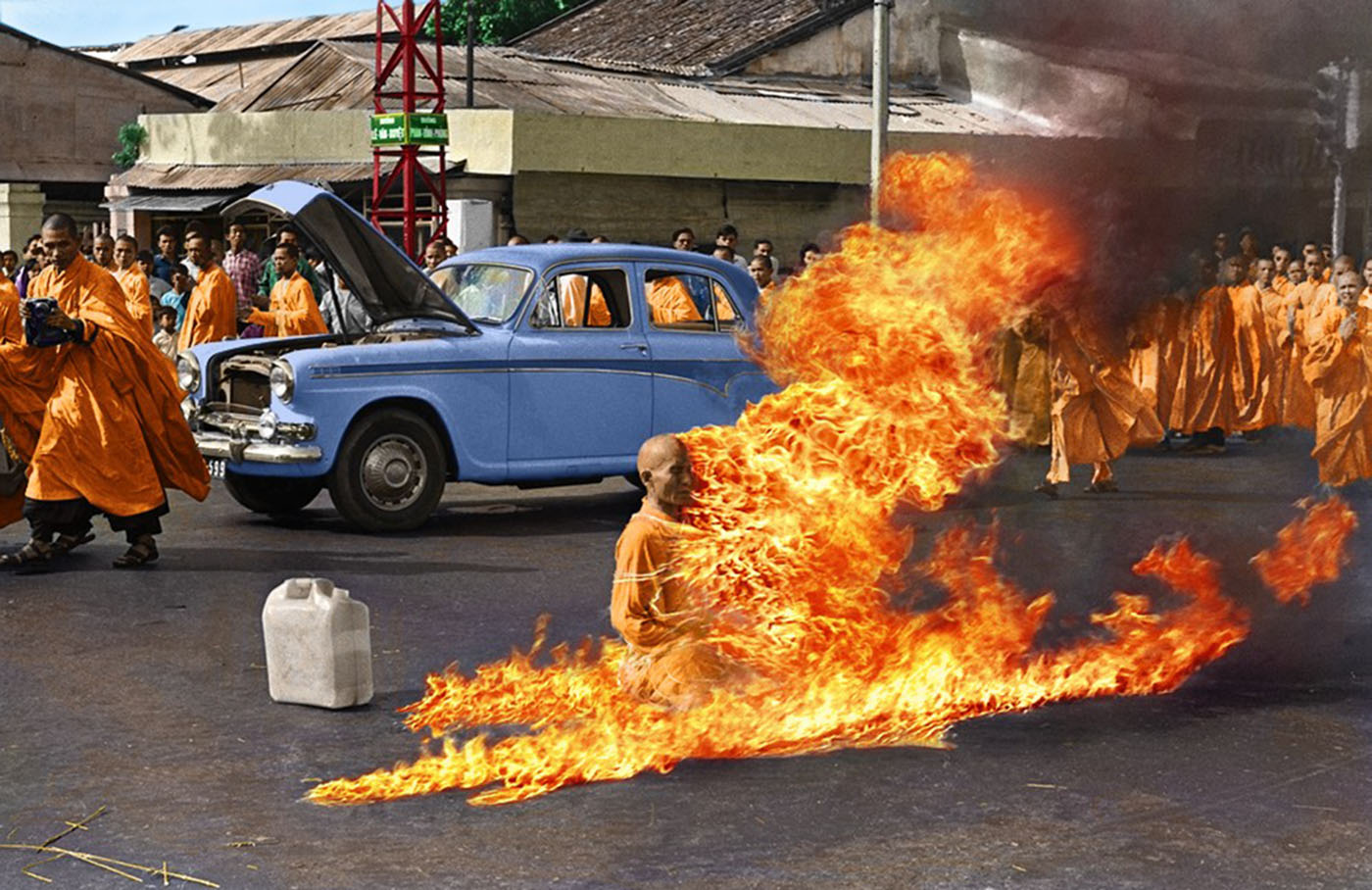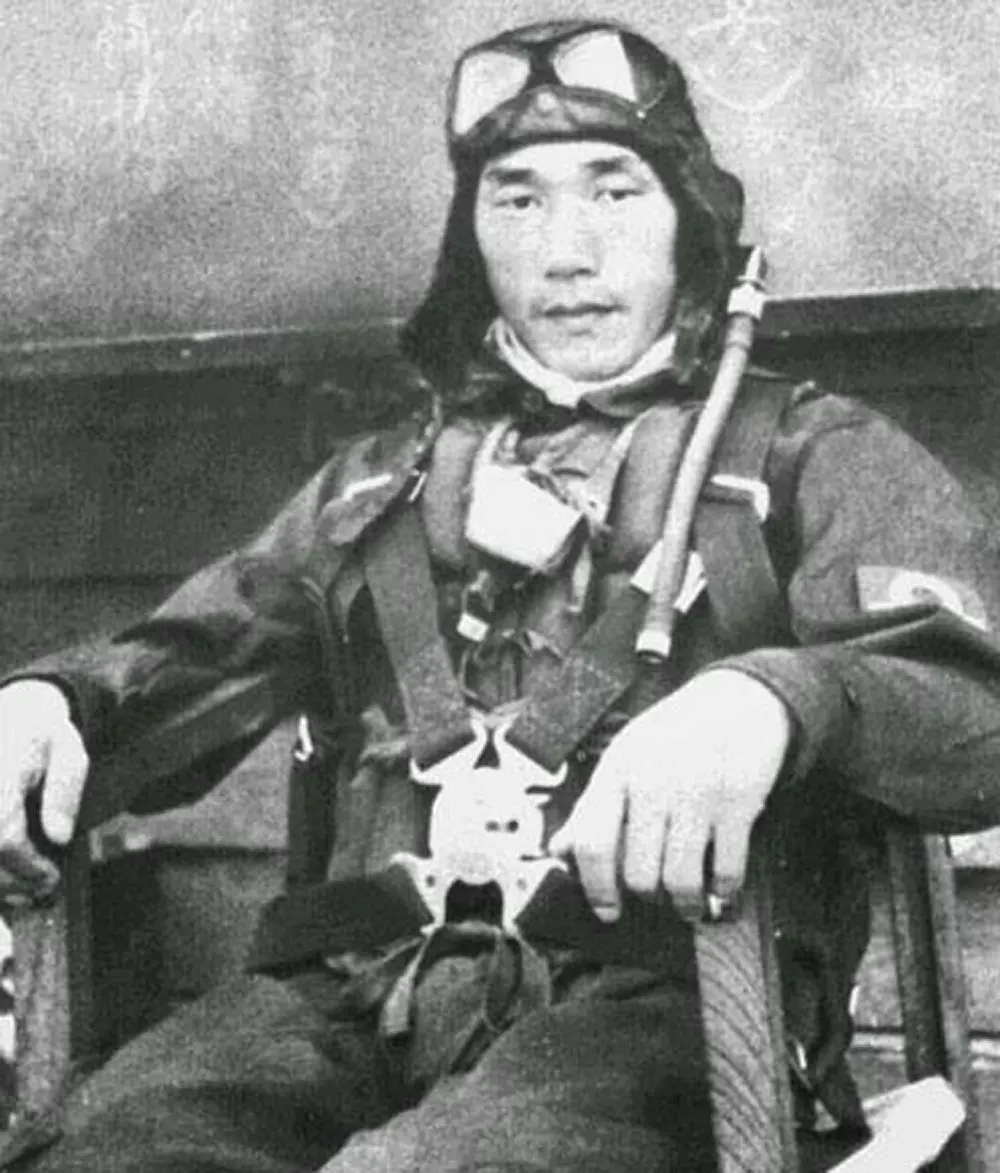On July 2, 1964, the American government signed the Civil Rights Act of 1964 to put an end to segregation in public places, ban employment discrimination based on race, colour, religion, sex or national origin, and generally stop minorities from being denied services based on their skin colour.
Here are some of the actions that paved the way to the actualisation of this landmark legislation:
1. Brown v. Board of Education
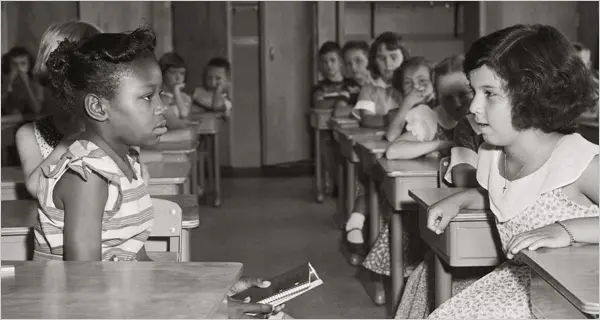
In 1954, a Supreme Court decision in the case of Brown v. Board of Education declared that it was unconstitutional to segregate children in a public school. This ruling set a critical precedent that “separate but equal” facilities were considered unequal in the eyes of the law. Charles McKinney, Director of Africana Studies and Associate Professor of History, Rhodes College, said that It provided a constitutional framework from which the Civil Rights Act could grow.
2. Rosa Parks Arrest and The Montgomery Bus Boycott

Following the arrest of Rosa Parks, the black woman who refused to give up her seat to a white man on a public bus, the Montgomery Bus Boycott started and lasted over a year.
It was a civil rights protest in which the African Americans didn’t ride city buses in Montgomery to show their dissatisfaction over segregated seating.
The boycott led to the Supreme Court order to end the segregation of buses and bring a new Civil Rights leader, Martin Luther King Jr, into the national spotlight.
3. Greensboro Sit-In
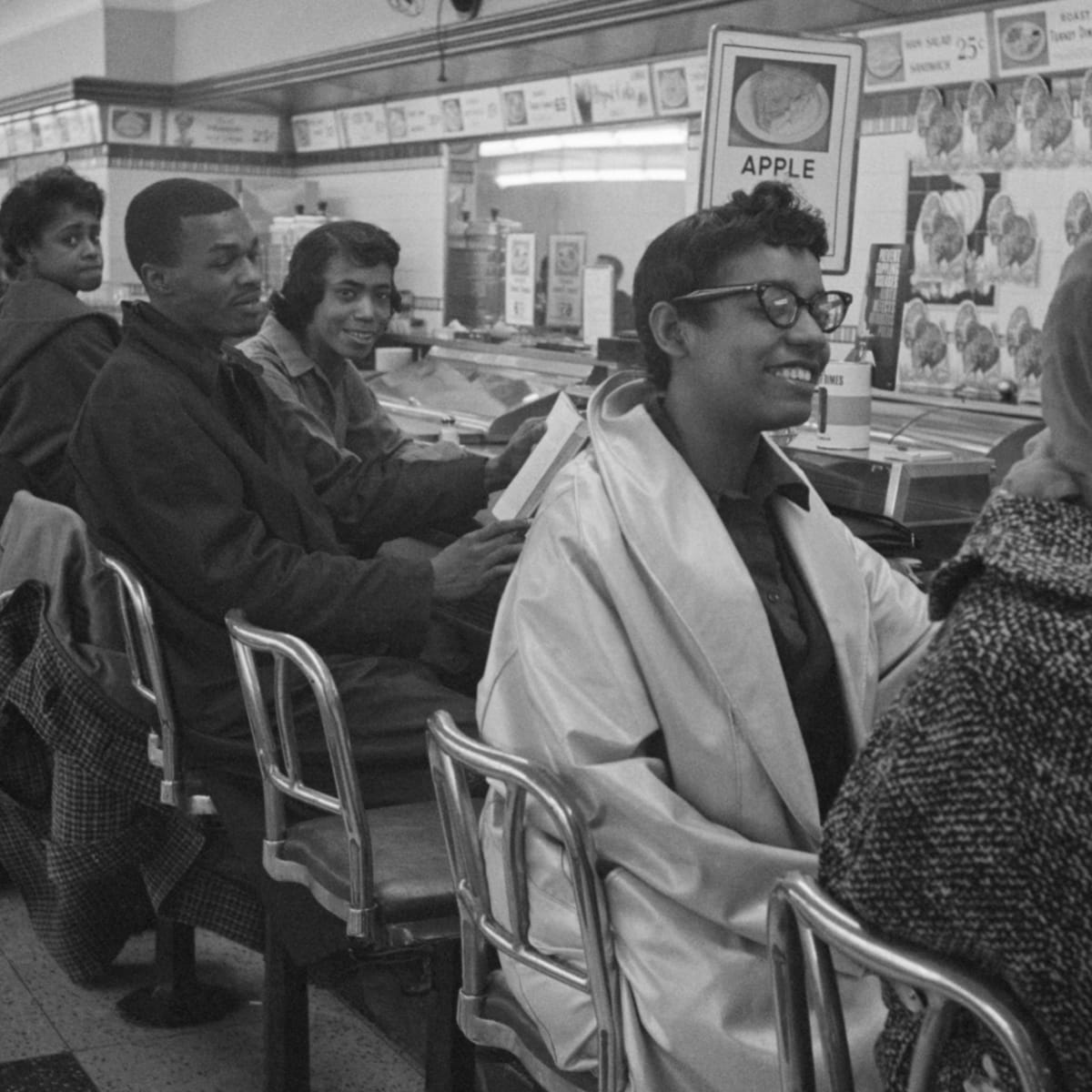
Four young Black men at a Woolworth’s counter in Greensboro, North Carolina, continued to occupy their seats after being declined service. Soon enough, this peaceful protest became so popular around the country that, according to McKinney, “All of the places that are segregated become a fair game: Students are having read-ins in segregated libraries, swim-ins in segregated pools, pray-ins in segregated churches. National corporations suddenly need to consider why they’re giving into segregation in their Southern chains.”
4. The Little Rock Nine
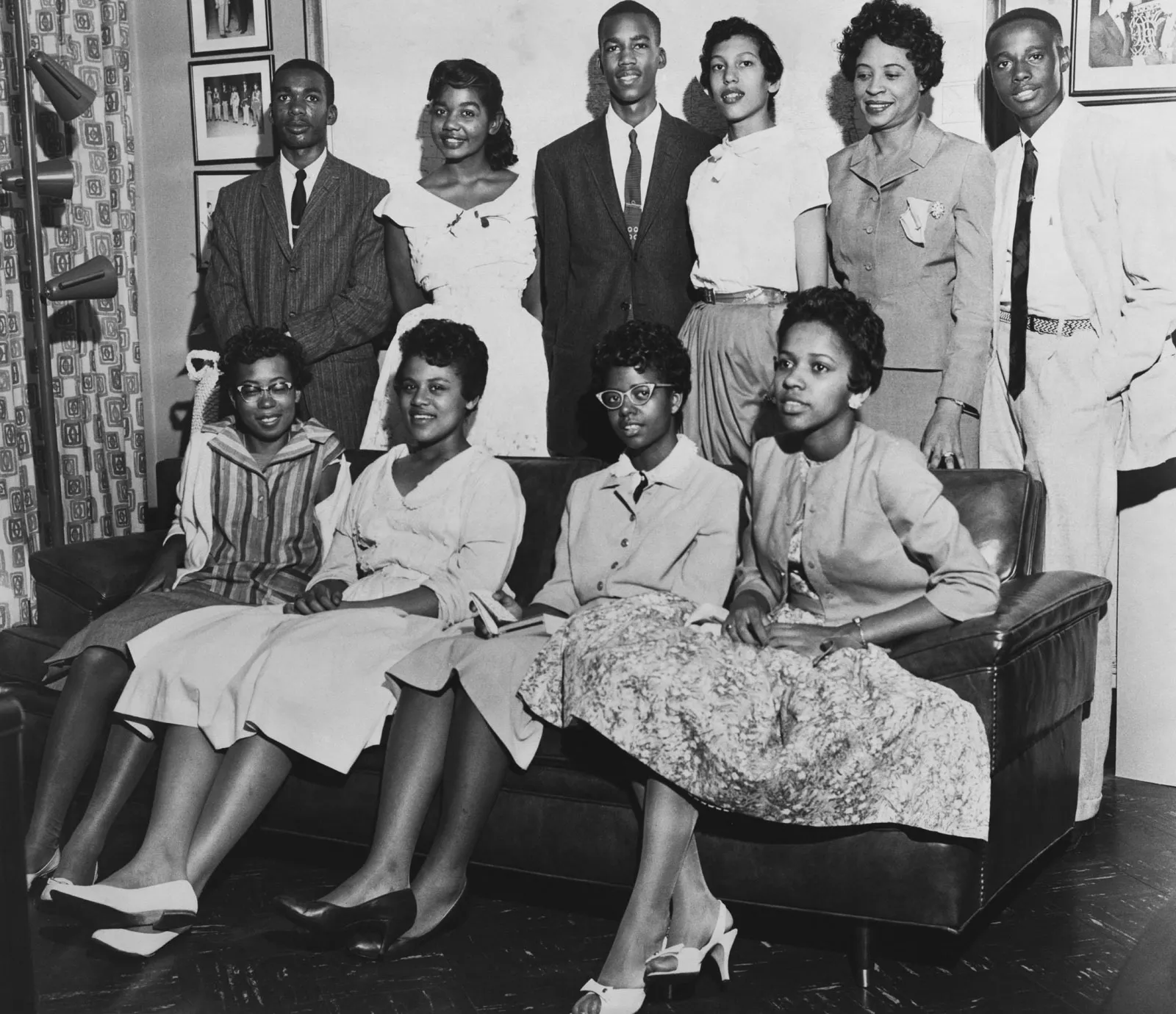
In September 1957, following an order from a federal court, a group of Black students were sent to integrate the all-white Central High School in Little Rock, Arkansas.
The Arkansas Governor called the national guard to prevent the students from entering. Still, President Dwight D. Eisenhower sent troops to ensure that the students were safe and allowed into the classrooms.
Footages of the protestors spitting on the students and the Arkansas government’s military intervention triggered a public outrage that boosted public support for civil rights.
5. Freedom Riders

A group of Black and white protestors called the Freedom Riders, organised by the Congress on Racial Equality (CORE) in 1961, attempted to test the 1960 Supreme Court decision in Boynton v. Virginia that ruled segregation of interstate transportation facilities unconstitutional by using whites-only restrooms, lunch counters and waiting rooms.
6. The March on Washington
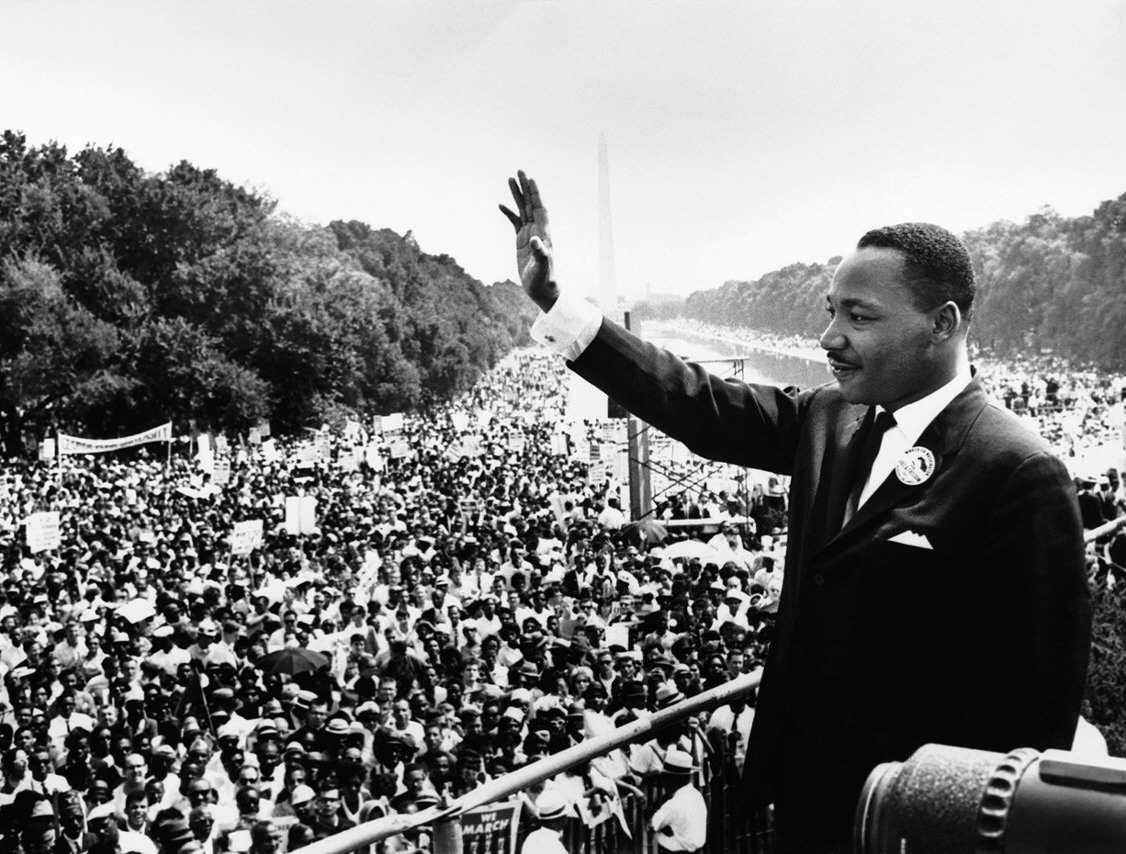
On August 28, 1963, over 250,000 protestors gathered in front of the Lincoln Memorial in Washington, D.C., following a series of previous protests that had taken place in other locations.
The protest helped portray the level of brutality of the system to a broader audience. That day, Martin Luther King also gave his “I Have a Dream” speech.
7. Freedom Summer of 1964

Close to a thousand primarily white volunteers supported African Americans in Mississippi to fight against voter intimidation and discrimination at the polls. This birthed the Freedom Summer project, a 1964 voter registration drive targeted at increasing the number of registered Black voters in Mississippi.
The project was organised by civil rights organisations and was met with excellent resistance from numerous organisations; however, the news coverage of the beatings, false arrests and murder garnered attention and helped lead to the Voting Rights Act of 1965.
8. The Assassination of John F. Kennedy
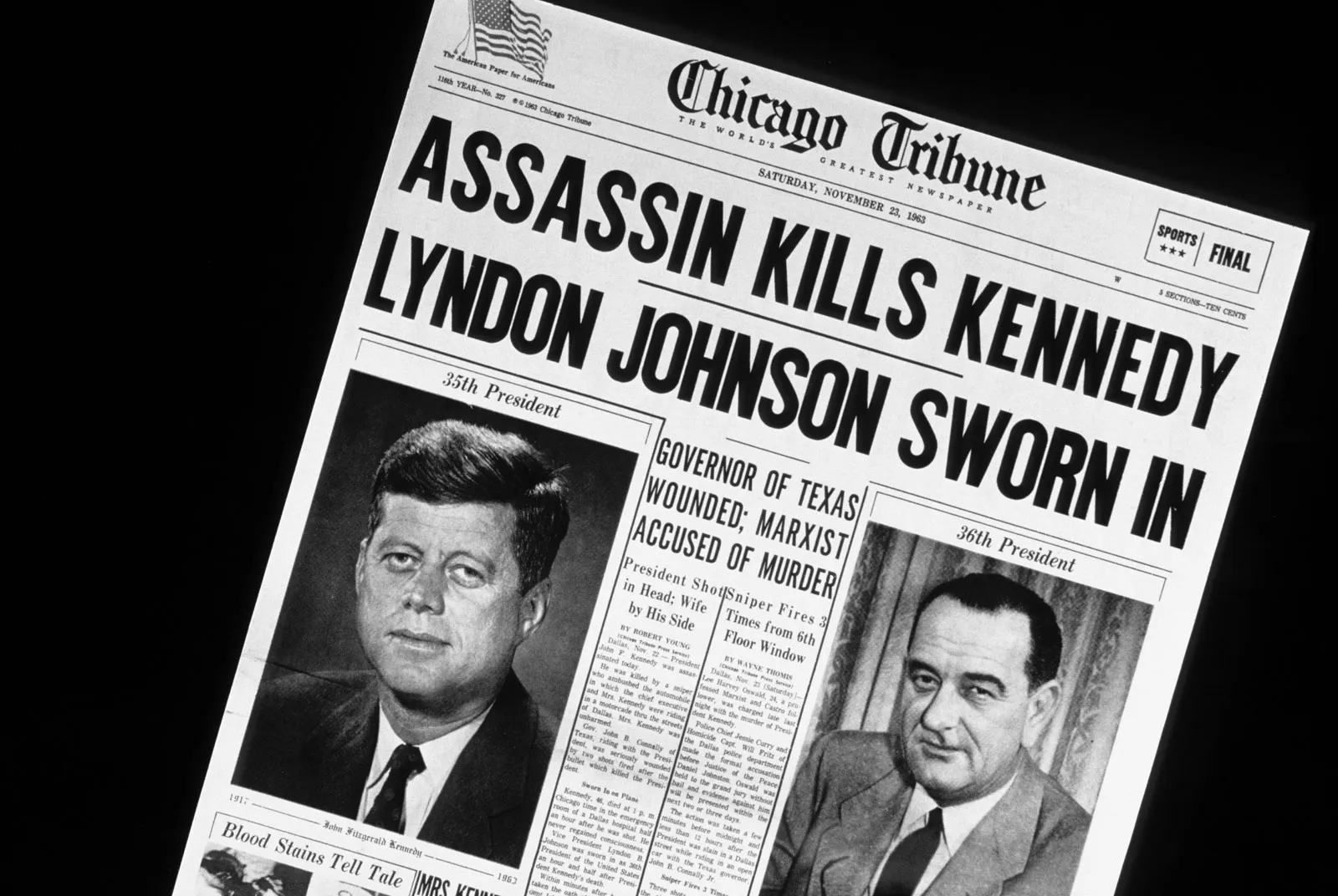
President John F. Kennedy went on national television to say that the United States “will not be fully free until all of its citizens are free” and introduced the civil rights bill in June 1963.
He was assassinated on November 22, 1963, and Lyndon B. Johnson, his successor, made it a priority to ensure the bill was signed amidst numerous pushbacks.
On July 2, 1964, the Civil Rights Act was signed into law.

